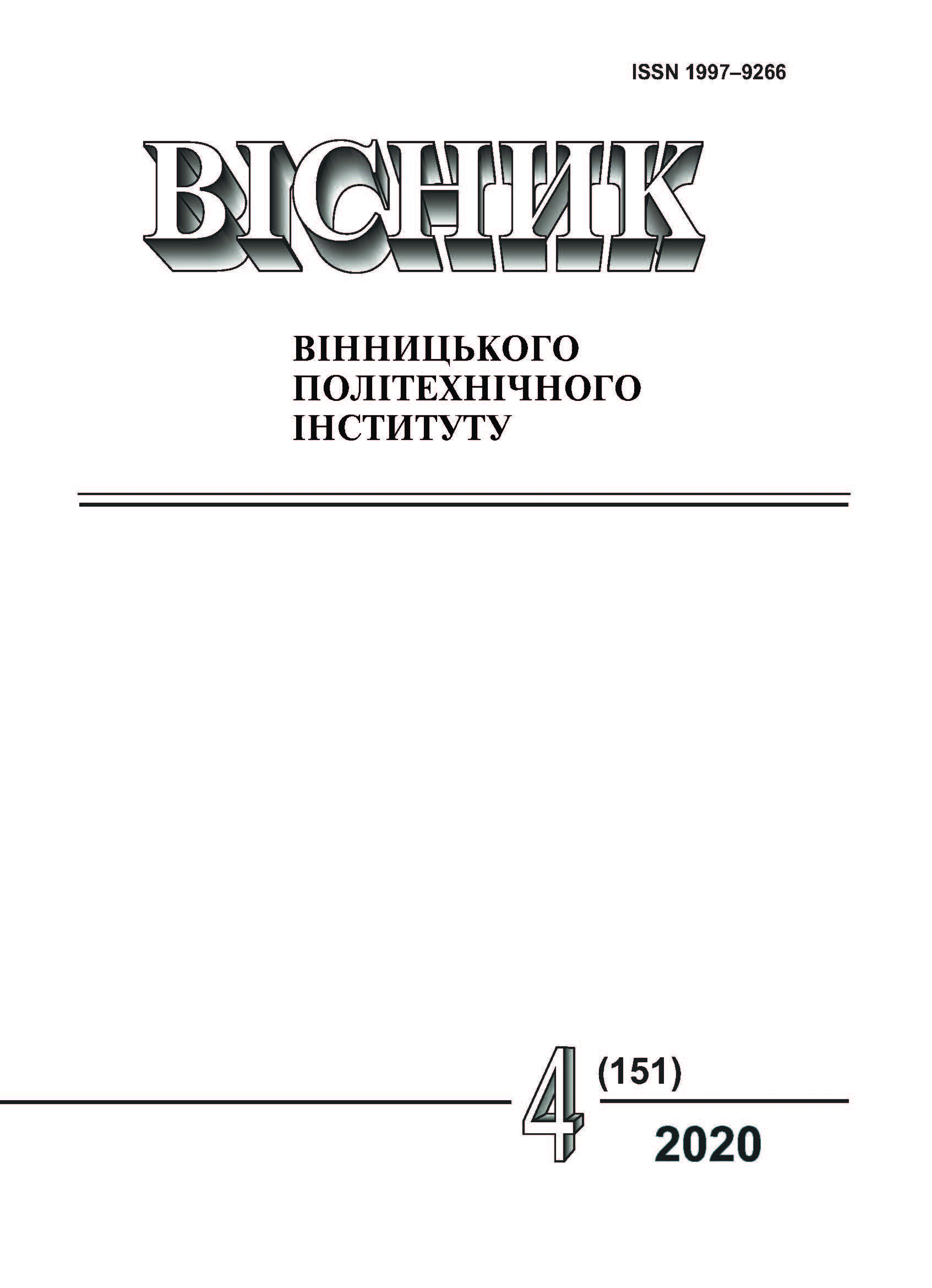The Question of Synthesis of Discrete Images in the Task of Pattern Recognition
DOI:
https://doi.org/10.31649/1997-9266-2020-151-4-50-57Keywords:
pattern recognition, discrete features, images, informative features, T-reference setAbstract
For solving a class of pattern recognition (classification) of images generally face the following situation – currently accumulated a significant amount of algorithmic and methodological tools, which solve some particular tasks, subtasks (description or performance) images characteristics (structural elements) in images and more, however, there is no uniform methodology for their effective use, and there is no simple, universal methodology information (indicative) description of the image.
Today, there are a number of approaches, methods and algorithms for the selection of features in images and software packages for their implementation. However, there remains the problem of finding a system of optimal (in a sense, for the current task) features, that is, the search for such properties of images (definition and fixation of the feature space) in the space of which classification (recognition) would be possible and not very difficult (cost-effective) task. The use of existing algorithms and methods for this problem becomes possible only in the presence of methods that would be based on the results of different systems, allowed to allocate the system of features that are the most qualitative within the current problem. Moreover, for each practical problem of image classification, the feature systems that are relevant at this stage (important relative to a fixed problem or class of problems) are usually different and need to be redefined.
Hence, it becomes obvious the relevance of this study, in relation to the important task of finding the optimal (in a certain sense) feature systems. Often the problem of finding optimal feature systems is reduced to the problem of minimizing the original image description. However, this applies only to the case when the optimal system of features is among the sets of features that define the description of images, which is usually only an assumption.
This work offers a way to minimize the initial description of discrete images, which allows us to build a minimal description of the image of an arbitrary structure on the basis of the concept of a T-reference set. The paper also introduces the concept of a T-reference set, and based on it is proposed to use the data sets as features of discrete images.
References
I. Povhan, “Designing of recognition system of discrete objects,” IEEE First International Conference on Data Stream Mining & Processing (DSMP), Lviv-2016, Ukraine, pp. 226-231, 2016.
І. Ф. Повхан, i Ю. А. Василенко, «Групова та індивідуальна оцінка важливості бульових аргументів,» Вісник національного технічного університету «ХПІ», № 53, с. 57-64, 2011.
І. Ф. Повхан, «Проблема функціональної оцінки навчальної вибірки в задачах розпізнавання дискретних об’єктів,» Вчені записки Таврійського національного університету. Серія: технічні науки., т. 29 (68), № 6, с. 217-222, 2018.
J. R. Quinlan, “Induction of Decision Trees. Machine Learning,” № 1, pp. 1-81, 22, 2008.
E. Yu. Vasilenko, A., I. Kuhayivsky, I. O. Papp, and Yu. Vasilenko, “Construction and optimization of recongnizing systems,” Науково технічний журнал «Інформаційні технології і системи», № 1(Т1), с. 122-125, 1999.
P. E. Vtogoff, “Incremental Induction of Decision Trees,” Machine Learning, no. 4, pp. 161-186, 2009.
D. Whitley, “An overview of evolutionary algorithms: practical issues and common pitfalls,” Information and Software Technology, vol. 43, no. 14, pp. 817-831, 2001.
Ю. А. Василенко, Е. Ю. Василенко, І. Ф. Повхан, і I Ф. Г. Ващук, «Концептуальна основа систем розпізнавання образів на основі метода розгалуженого вибору ознак,» European Journal of Enterprise Technologies, no. 7 [1], с. 13-15, 2004.
В. О. Лавер, i І. Ф. Повхан, «Алгоритми побудови логічних дерев класифікації в задачах розпізнавання образів,» Вчені записки Таврійського національного університету. Серія: технічні науки, т. 30 (69), № 4, с. 100-106, 2019.
R. Srikant, and R. Agrawal, “Mining generalized association rules. Future Generation Computer Systems,” vol. 13, № 2, pp. 161-180, 1997.
Downloads
-
PDF (Українська)
Downloads: 169
Published
How to Cite
Issue
Section
License
Authors who publish with this journal agree to the following terms:
- Authors retain copyright and grant the journal right of first publication.
- Authors are able to enter into separate, additional contractual arrangements for the non-exclusive distribution of the journal's published version of the work (e.g., post it to an institutional repository or publish it in a book), with an acknowledgment of its initial publication in this journal.
- Authors are permitted and encouraged to post their work online (e.g., in institutional repositories or on their website) prior to and during the submission process, as it can lead to productive exchanges, as well as earlier and greater citation of published work (See The Effect of Open Access).





